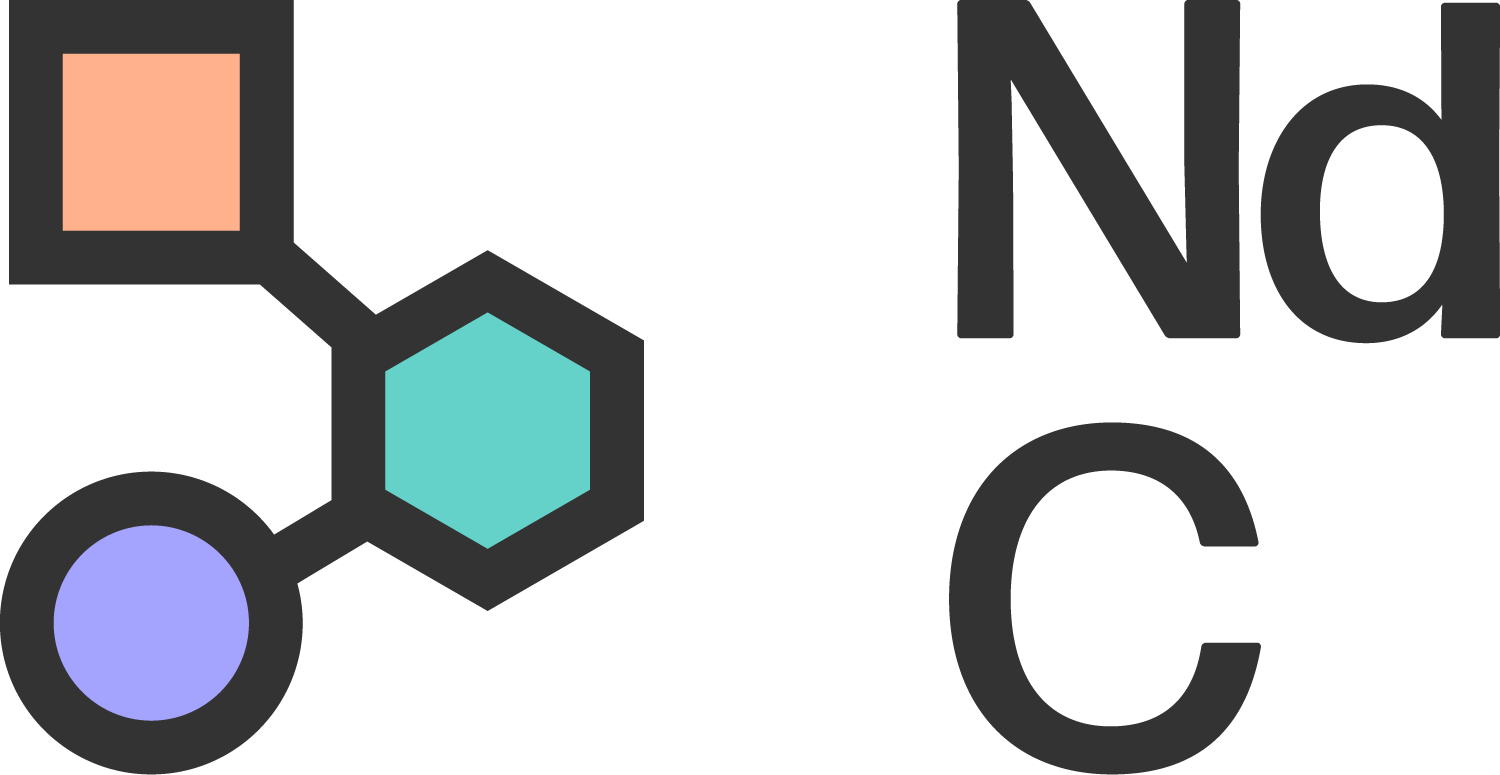9 lessons learned from working in a non-Neurodivergent-affirming environment
NdC Development Lead Kay Louise Aldred shares nine lessons learned from her past experience working in a non-Neurodivergent-affirming environment.
Working in a non-Neurodivergent-affirming environment can feel like navigating a maze. These workplaces often follow rigid neuronormative expectations that marginalise Neurodivergent individuals, making even day-to-day tasks overwhelming.
Here are some key lessons I learned from navigating such a space:
01
The importance of proper induction and onboarding
Without a clear induction process, I was left floundering. A proper induction and structured onboarding experience—outlining expectations, workflows, and support systems—is not just a courtesy; it is necessary, especially for Neurodivergent individuals who thrive with clarity and predictability. When this was missing, I realised how critical it is to advocate for myself, even if it meant repeatedly asking for guidance, and escalating when necessary. In future, I would request the induction schedule and onboarding process and procedure in advance of starting a job.
02
Reasonable adjustments are essential, not optional
A lack of reasonable adjustments—whether sensory accommodations, flexible schedules, or tailored communication methods—disables. This experience reinforced the value of understanding my rights and confidently requesting accommodations, even in spaces that resist. I escalated the reasonable adjustment request to the Head of Health and Safety and HR and completed an Adjustment Passport.
03
Neuronormative communication culture feeds misunderstanding
In a workplace where neuronormative communication styles dominate, there is an implicit expectation to “read between the lines”. The absence of directness can lead to frustration, misinterpretation, and burnout. Unfortunately, there was little I could do about this working within a large organisation, so I learned to rely on clarifying questions and written follow-ups, even if they weren’t the norm, to ensure alignment and understanding.
04
Meetings without agendas foster chaos
A meeting without an agenda is like embarking on a journey without directions or a destination. Vague discussions and the absence of structure left me feeling unanchored and unsure of my role in the conversation. I instigated agendas in the meetings I was leading, beforehand, to create structure and verbally clarified action points in other meetings.
05
Hyperconnectivity disrupts focus
Constant interruptions from Teams messages, often accompanied by sound alerts that triggered startle responses, highlighted the toll of an “always-on” communication culture. This experience taught me the importance of silencing notifications, setting boundaries, and advocating for designated focus times.
06
The absence of coregulation and emotional safety
Without coregulation—empathetic interaction that soothes, supports, and creates emotional and psychological safety—it is easy to feel isolated, ungrounded and anxious. A workplace where everyone is in survival mode leads to a perpetually dysregulated nervous system. I leaned into the power of my well-being and self-regulation practices and nervous system strategies, to maintain my equilibrium. However, due to the need to heavily mask and be constantly ‘on’ during the working day, I did experience two evening ‘meltdowns’, as the survival fight/flight energies that escalated and were held in my nervous system during office hours couldn’t discharge until then. There was no decompression time or coregulation during the day.
07
Depth in conversations and processes matters
Shallow conversations and vague instructions prevent meaningful collaboration. The lack of explicit processes or opportunities to explore the “why” and purpose behind tasks left me feeling detached and unsure how my job role contributed to the bigger picture. I began documenting my own processes and seeking out informal mentors to fill these gaps.
08
Creativity flourishes in safe spaces
Creativity cannot thrive in an environment devoid of psychological safety. I realised how much the suppression of questions, exploration, and innovation stifles not just individual potential and well-being but also the whole team’s as well. This reaffirmed my desire to seek out or build spaces that celebrate diverse thinking and contributions and is one of the reasons I am delighted to be working at Neurodiverse Connection!
09
Ignoring sensory needs creates burnout
Unacknowledged sensory needs—whether it’s harsh lighting, lack of movement breaks, or constant sound notifications—quickly lead to overstimulation and exhaustion. I do have my sensory toolkit: noise-cancelling headphones, fidget tools, and timers for movement breaks but as I saw no one else with these within the organisation (and I interacted with hundreds of people) I found it hard to visibly ‘out’ my Neurodivergence. I realised I had more work to do around internalised ableism, unshaming my Neurodivergence and the ongoing value and need of advocating for systemic change.
Final thoughts
Surviving in a non-neurodiversity-affirming environment requires constant self-advocacy and adaptation. However, these lessons from my recent experience reinforced the importance of seeking or supporting the creation of workplaces that embrace Neurodivergent differences and strengths.
Every person deserves an environment where their unique needs and strengths are accommodated, recognised, and celebrated. This experience was a poignant reminder of why neurodiversity-affirming cultures are essential and that although change is happening, we still have a long way to go.
Interested in learning more?
At Neurodiverse Connection we have a range of resources and training covering Neurodivergent-friendly employment.
We can create and deliver training sessions on a range of Neurodivergent employment topics, including:
Understanding and making reasonable adjustments
Support and adjustments in employment
Shaping neuroinclusive workplace culture
Sensory-friendly environments and getting buildings right

